Cranberry Marsh is a step in the direction of abstraction—a step toward an end that Tom Thomson (1877–1917) never got the opportunity to explore because of his untimely death. This oil sketch demonstrates a shift in the artist’s manner of expression. Thomson’s normal landscape conventions begin to fade, his hues become more vibrant, and his compositions, while still recognizable as subjects, become battlefields for layers of close-hued or clashing paint.
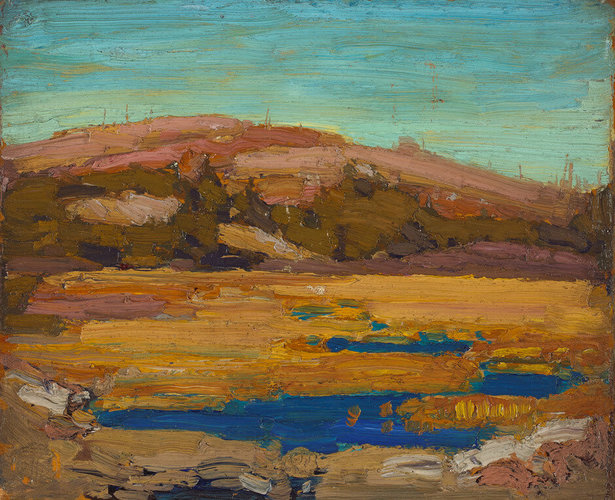
Tom Thomson, Cranberry Marsh, 1916
Oil on wood panel, 21.9 x 27 cm, National Gallery of Canada, Ottawa
As a subject, Cranberry Marsh is hardly dramatic: a swamp with a low round hill behind it, basking in a hot early-summer sun. Yet Thomson transforms it into a scintillating portrait of bright light and keen perception. The horizontal emphasis is strong and powerful; the gentle mound of the hill, which defines the arc of the sky, and the slight curl of the foreground are the only exceptions.
What really jolts the viewer, however, is the central glowing field of the marsh itself: the bright golden yellows, the tangerine oranges, and the scattered threads of alizarin crimson are like a carpet of sunshine or the hottest coals of a forge. Piercing this broad, flat area are the dazzlingly intense small pools of lapis lazuli with some teal green, a deep contrasting colour that changes the palette of the painting like an abrupt change of tempo in music.
This Spotlight is excerpted from Tom Thomson: Life & Work by David P. Silcox.
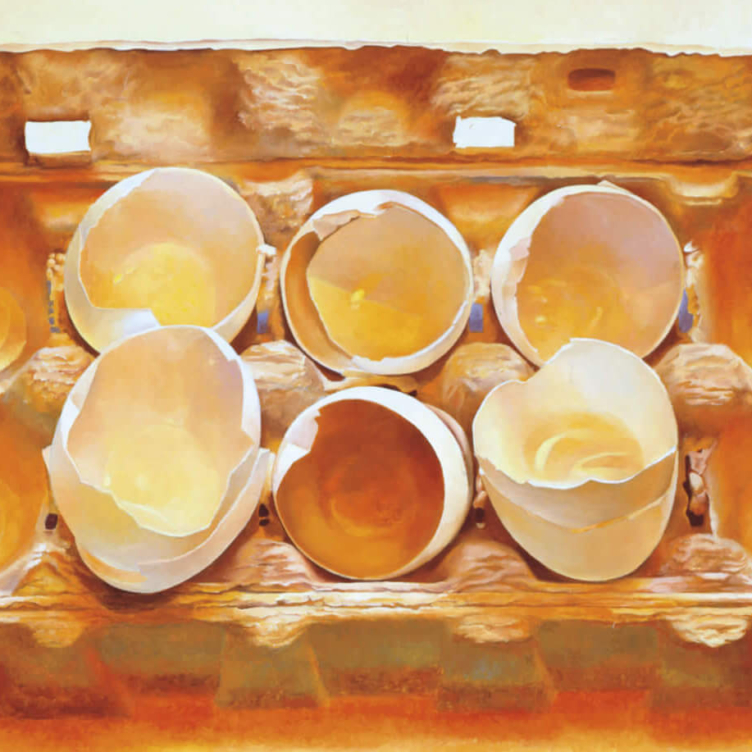 The Weight of Absence
The Weight of Absence
 Abstract Alberta
Abstract Alberta
 The Art of the Body
The Art of the Body
 Rococo Riff
Rococo Riff
 In Memory of Monet
In Memory of Monet
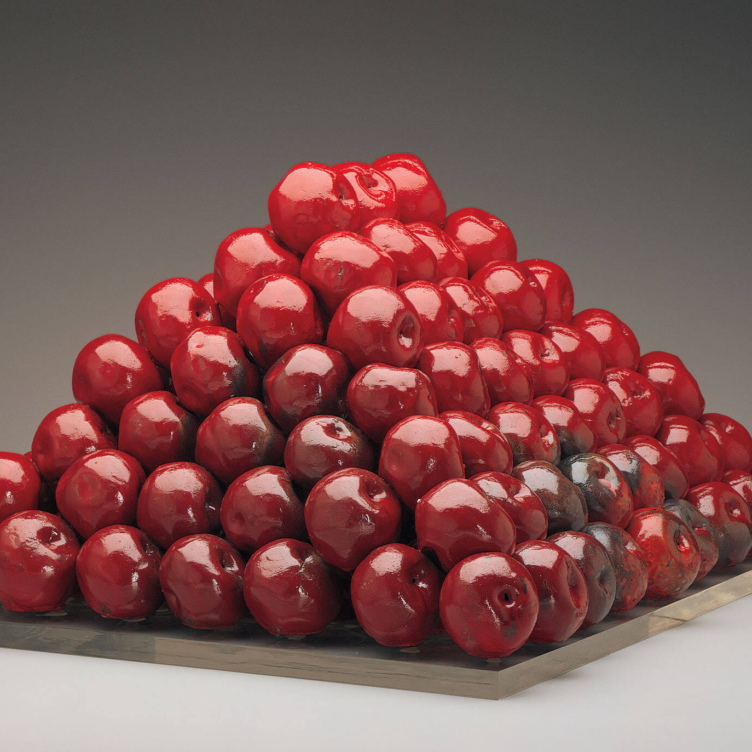 Pyramid Scheme
Pyramid Scheme
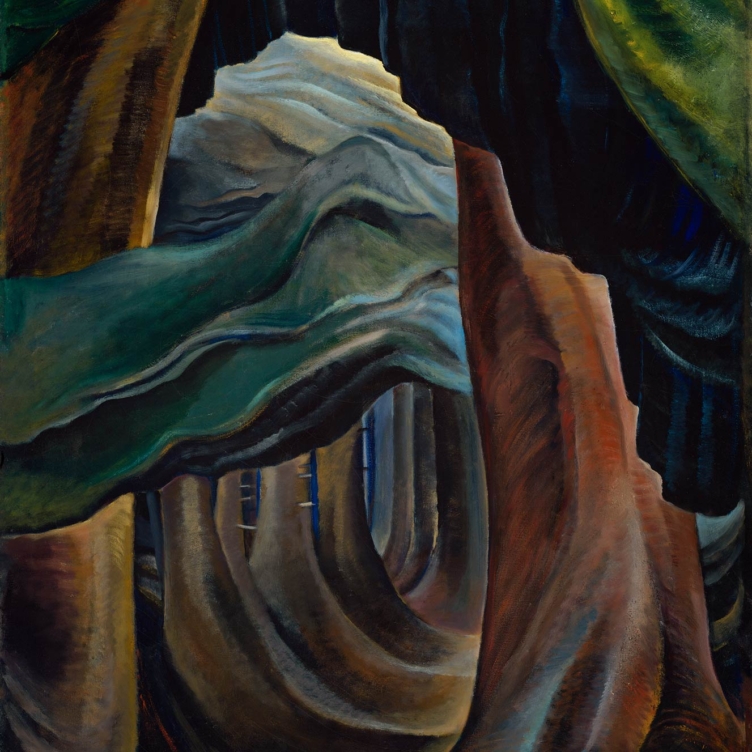 Transportive Trunks
Transportive Trunks
 The Military Mate
The Military Mate
 Looking Up on the World
Looking Up on the World
 Vessel of Despair
Vessel of Despair
 Layers of Meaning
Layers of Meaning
 In Parallel to Nature
In Parallel to Nature
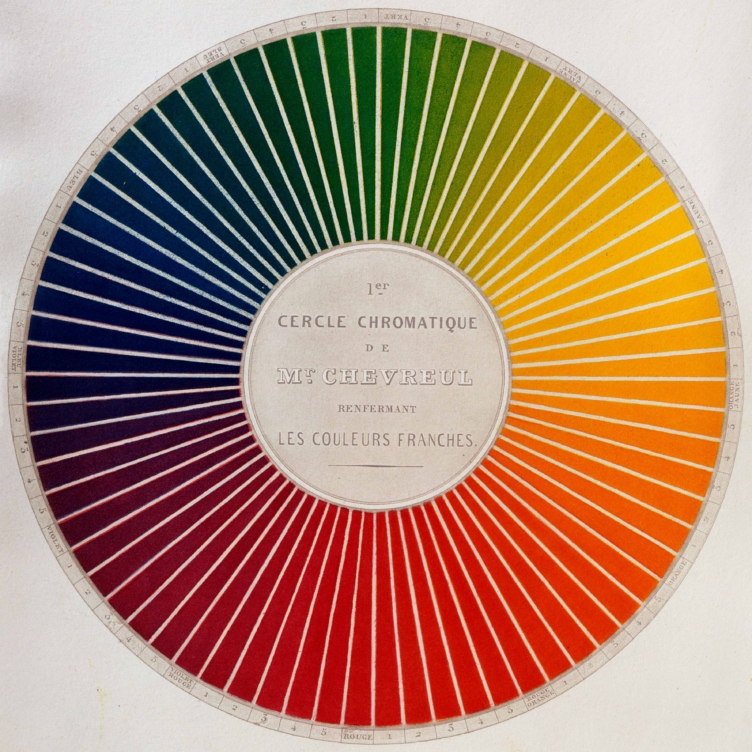 Wheel of Fortune
Wheel of Fortune
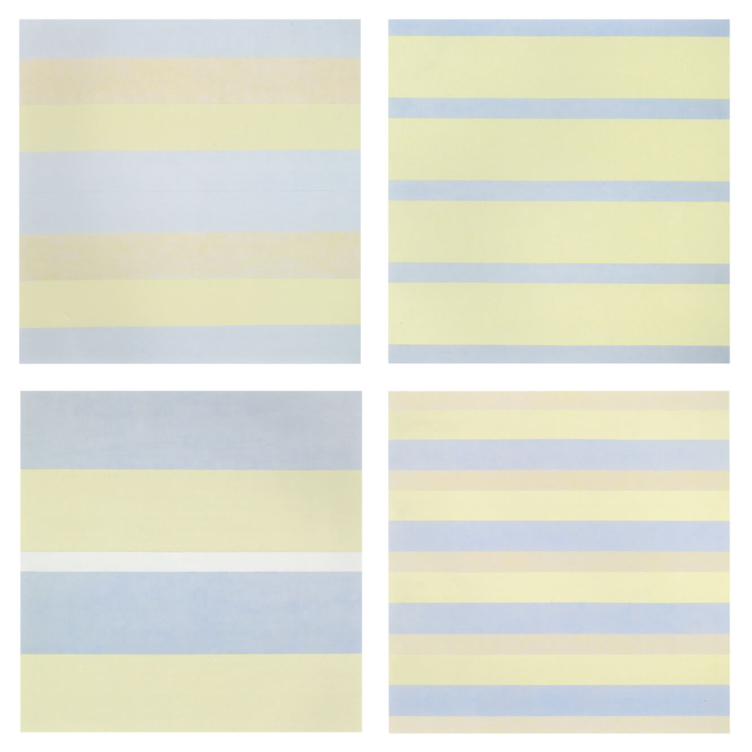 Paintings after emotional states
Paintings after emotional states
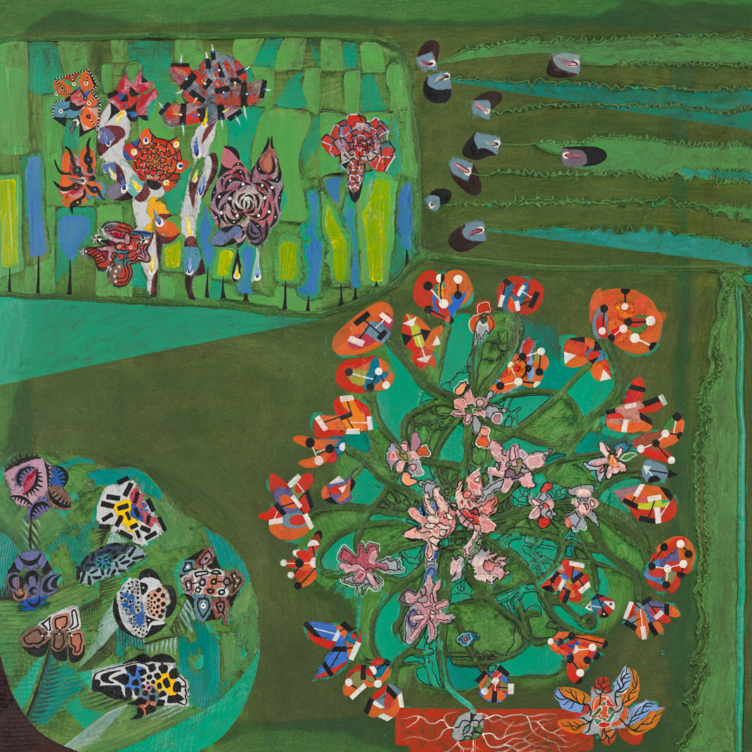 Garden of Delight
Garden of Delight
 Stitching the Archives
Stitching the Archives
 A Working-Class Hero
A Working-Class Hero
 Imagining Entangled Futures
Imagining Entangled Futures
 Bridging Far and Near
Bridging Far and Near
 Soft Power
Soft Power